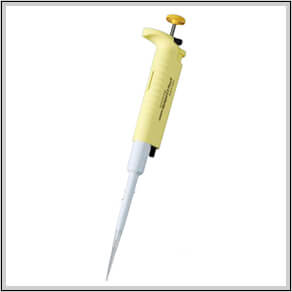Hematology Analyzer
Hematology analyzers are used widely in patient and research settings to count and characterize blood cells for disease detection and monitoring. Basic analyzers return a complete blood count (CBC) with a three-part differential white blood cell (WBC) count. Sophisticated analyzers measure cell morphology and can detect small cell populations to diagnose rare blood conditions.
Technology Behind Hematology Analyzers
The three main physical technologies used in hematology analyzers are: electrical impedance, flow cytometry, and fluorescent flow cytometry. These are used in combination with chemical reagents that lyse or alter blood cells to extend the measurable parameters. For example, electrical impedance can differentiate red blood cells (RBCs), WBCs, and platelets by volume. Adding a nucleating agent that shrinks lymphocytes more than other WBCs makes it possible to differentiate lymphocytes by volume.
Related products
- Clinical Laboratory
Nichiryo Chemical Resistant Pipette (Nichipet EX PlusⅡ)
- Clinical Laboratory
PolyScience Histology Bath (Discontinued)
- Blood Bank
PolyScience Cryoprecipitate Bath
- Clinical Laboratory
Hand-Tally Differential Counter






